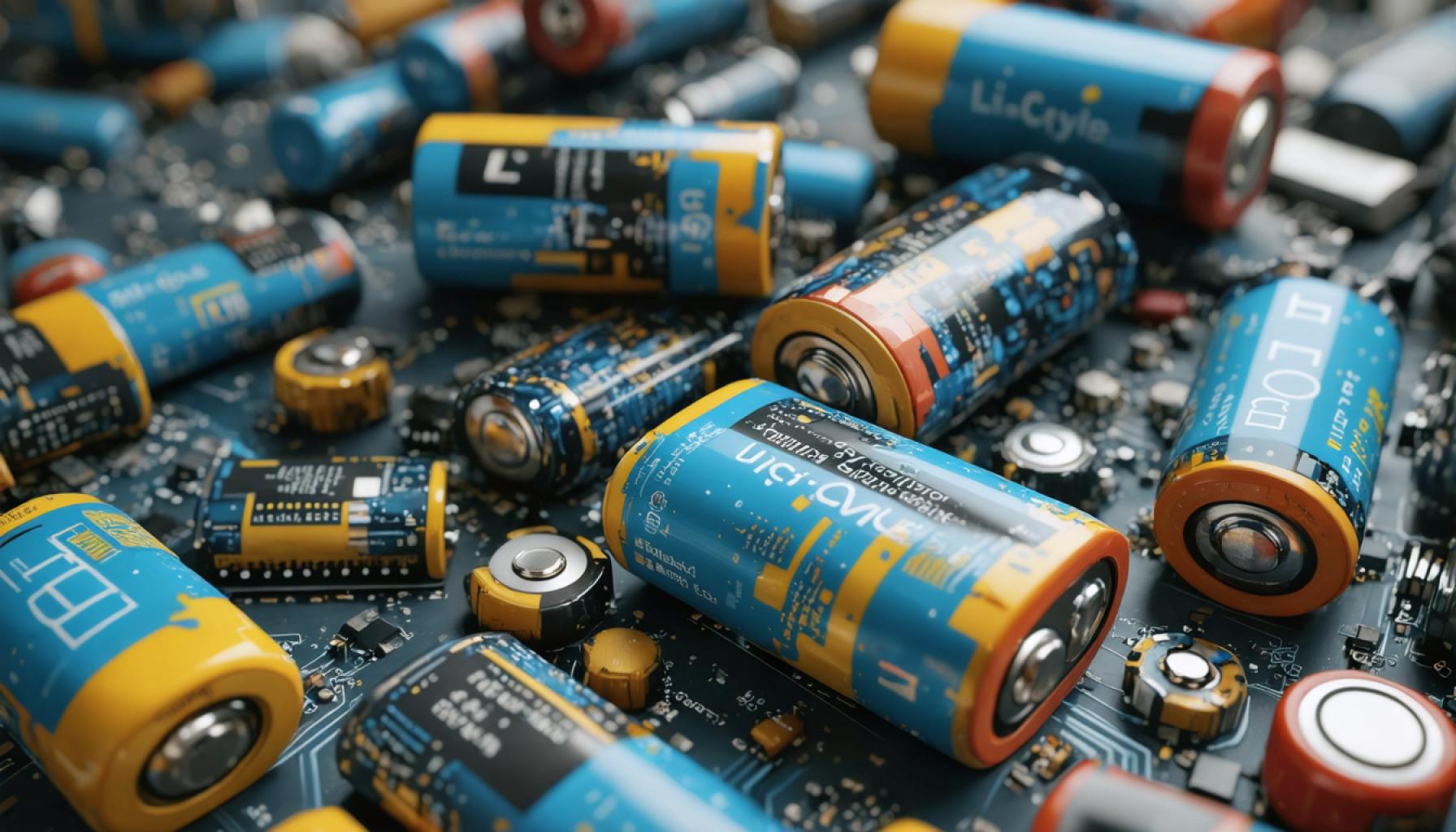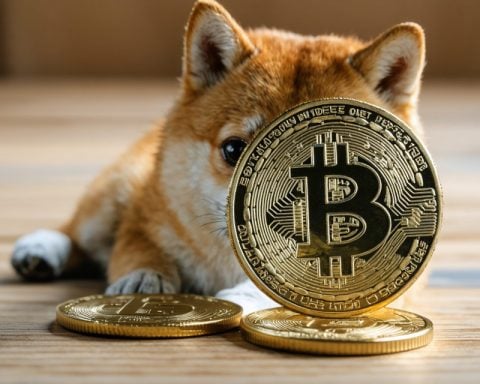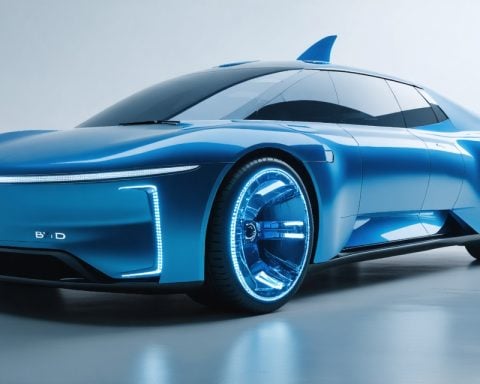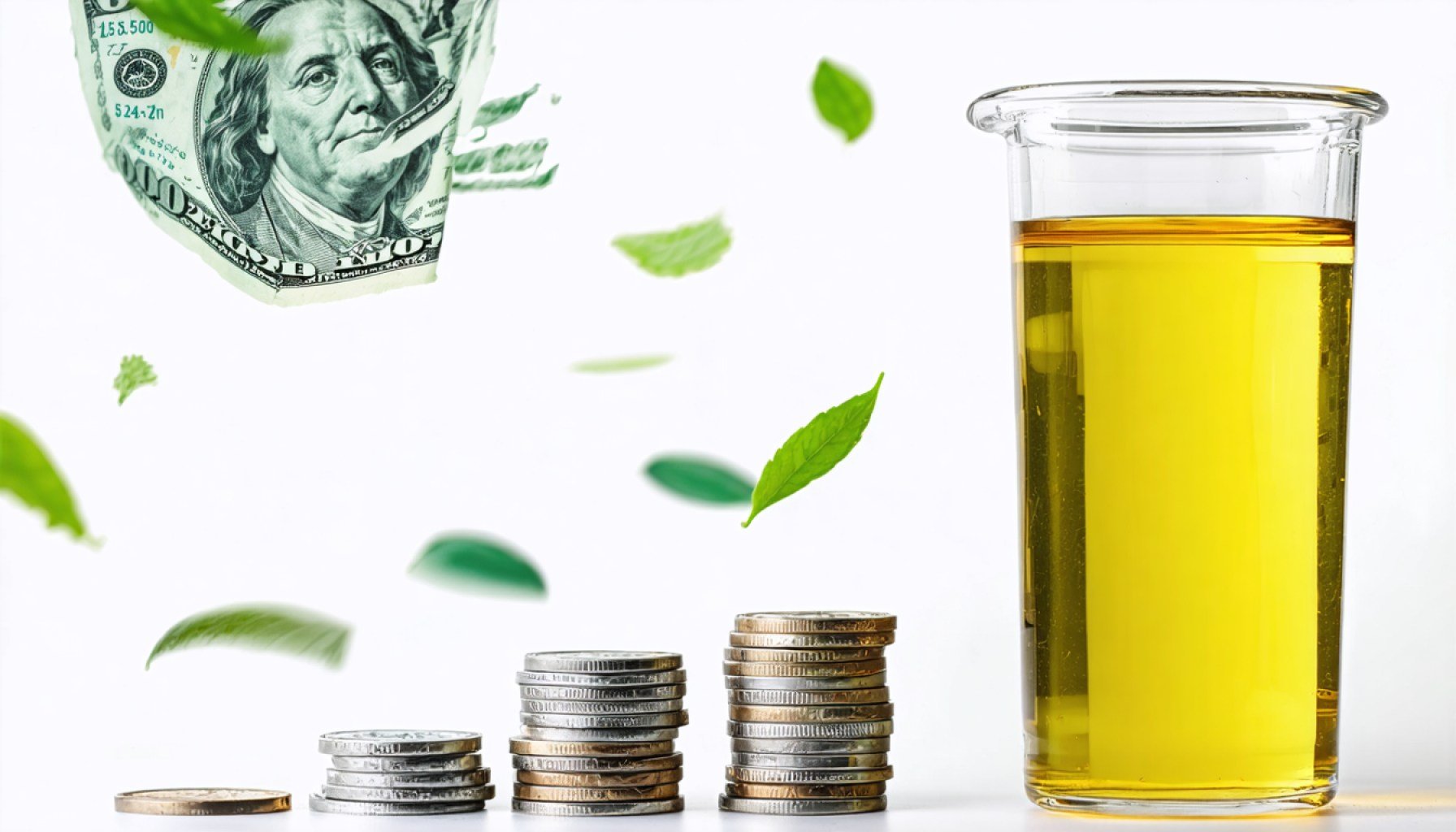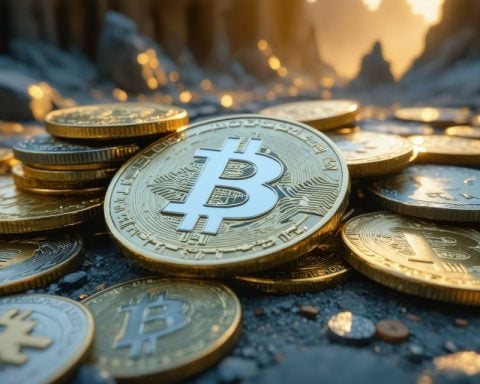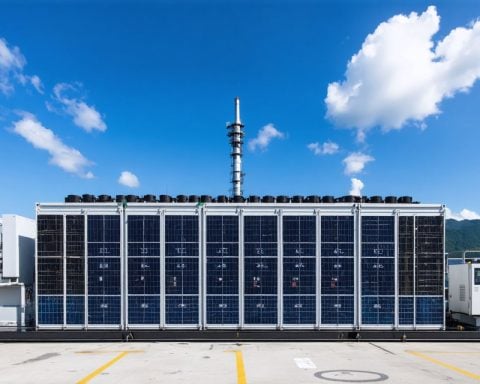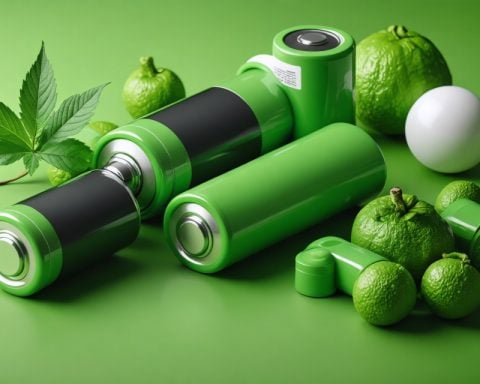- Li-Cycle is a leader in lithium-ion battery recycling, utilizing a “Spoke and Hub” model to tackle global waste issues.
- The company’s hydrometallurgical process drastically reduces greenhouse gas emissions and conserves water, ensuring a metal recovery rate of over 95%.
- Strategic expansions are underway, starting with the first commercial plant in North America, to meet the growing demand for sustainable solutions amid rising EV popularity.
- Li-Cycle faces significant initial investment and logistical challenges as it scales globally.
- Li-Cycle aims to stabilize material costs and reduce reliance on new resource extraction, promoting a circular economy.
- Li-Cycle’s approach highlights a future where waste is harnessed for innovation, revolutionizing energy storage in an eco-friendly manner.
In an era where sustainable innovation is crucial, Li-Cycle emerges as a trailblazer in lithium-ion battery recycling. Employing its visionary “Spoke and Hub” model, Li-Cycle tackles the global waste problem by efficiently extracting and reusing valuable metals like lithium, cobalt, and nickel, crucial for powering modern technology.
At the heart of Li-Cycle’s groundbreaking approach is a hydrometallurgical process that slashes greenhouse gas emissions and conserves water, a stark contrast to traditional methods that harm the environment. This eco-friendly technique ensures a staggering recovery rate of over 95%, setting a new industry standard and solidifying Li-Cycle’s role as a key player in the push towards circular economies.
The company’s journey to redefine battery lifecycles is marked by several strategic expansions, beginning with its first commercial plant in North America and plans for more facilities around the globe. This expansion is well-timed, aligning with the surging demand for sustainable solutions as electric vehicles (EVs) gain popularity worldwide.
However, Li-Cycle’s breakthrough doesn’t come without hurdles. The model requires significant initial investment and faces logistical challenges in scaling up globally. Yet, these obstacles haven’t stopped Li-Cycle from capturing attention as it strives to stabilize material costs and reduce reliance on new resource extraction.
In redefining how we handle battery waste, Li-Cycle offers a clear message: the future of technology lies in harnessing waste, not discarding it. As we move towards a more sustainable future, Li-Cycle isn’t just recycling batteries—it’s revolutionizing energy storage and taking a giant leap towards an eco-friendly tomorrow. Stay tuned to Li-Cycle as the company continues to innovate and lead the charge in sustainable battery recycling.
The Surprising Future of Battery Recycling: Li-Cycle’s Game-Changing Role
Key Questions about Li-Cycle’s Revolutionary Battery Recycling
1. What are the unique features of Li-Cycle’s “Spoke and Hub” model?
Li-Cycle’s innovative “Spoke and Hub” model is centered around decentralizing the initial collection and processing of battery waste at regional “Spoke” facilities. These localized centers dismantle and process used lithium-ion batteries into an intermediary product called “black mass,” which is then transported to centralized “Hub” facilities for further refining into reusable battery-grade materials. This approach not only reduces transportation emissions but also streamlines the overall recycling process, making it more efficient and environmentally friendly. The “Spoke and Hub” model is pivotal in achieving over a 95% recovery rate of critical materials like lithium, cobalt, and nickel.
2. What are the economic implications and potential cost savings associated with Li-Cycle’s recycling process?
The economic implications of Li-Cycle’s operations are profound, particularly in stabilizing material costs in the lithium-ion battery supply chain. By recycling valuable metals, Li-Cycle can potentially mitigate the volatility associated with raw material prices, which are subject to geopolitical influences and finite availability. The reduction in new resource extraction costs also translates to significant savings for industries relying on these materials, such as electric vehicle manufacturers. This may lead to lower overall production costs and, ultimately, more affordable products for consumers, providing a competitive edge in markets prioritizing sustainable practices.
3. What are the predicted market trends for lithium-ion battery recycling, and how does Li-Cycle fit into these trends?
The market for lithium-ion battery recycling is expected to experience significant growth, driven by the accelerating adoption of electric vehicles and growing electronic waste. A report from Grand View Research projects that the global lithium-ion battery recycling market will expand at a compound annual growth rate (CAGR) of over 18% from 2021 to 2027. Li-Cycle is well-positioned to capitalize on these trends due to its scalable and eco-friendly recycling model. The company’s strategic expansion into new regions aligns with the forecasted demand for sustainable recycling solutions, ensuring Li-Cycle remains at the forefront of this burgeoning industry.
Additional Insights and Useful Resources
Market Analysis and Insights:
– Li-Cycle’s strategic expansions and partnerships are geared towards meeting the rising global demand for recycled battery materials, leveraging government incentives and increased corporate responsibility towards sustainability.
Innovations in Recycling:
– The company is continuously refining its hydrometallurgical process to improve efficiency and material recovery rates, staying ahead of technological advancements in battery composition and recycling needs.
Sustainability and Environmental Impact:
– By focusing on reducing greenhouse gas emissions and conserving water within their recycling processes, Li-Cycle sets an example in aligning business growth with sustainable environmental practices.
For more detailed information and updates on Li-Cycle’s progress and initiatives, visit the official site: Li-Cycle.
